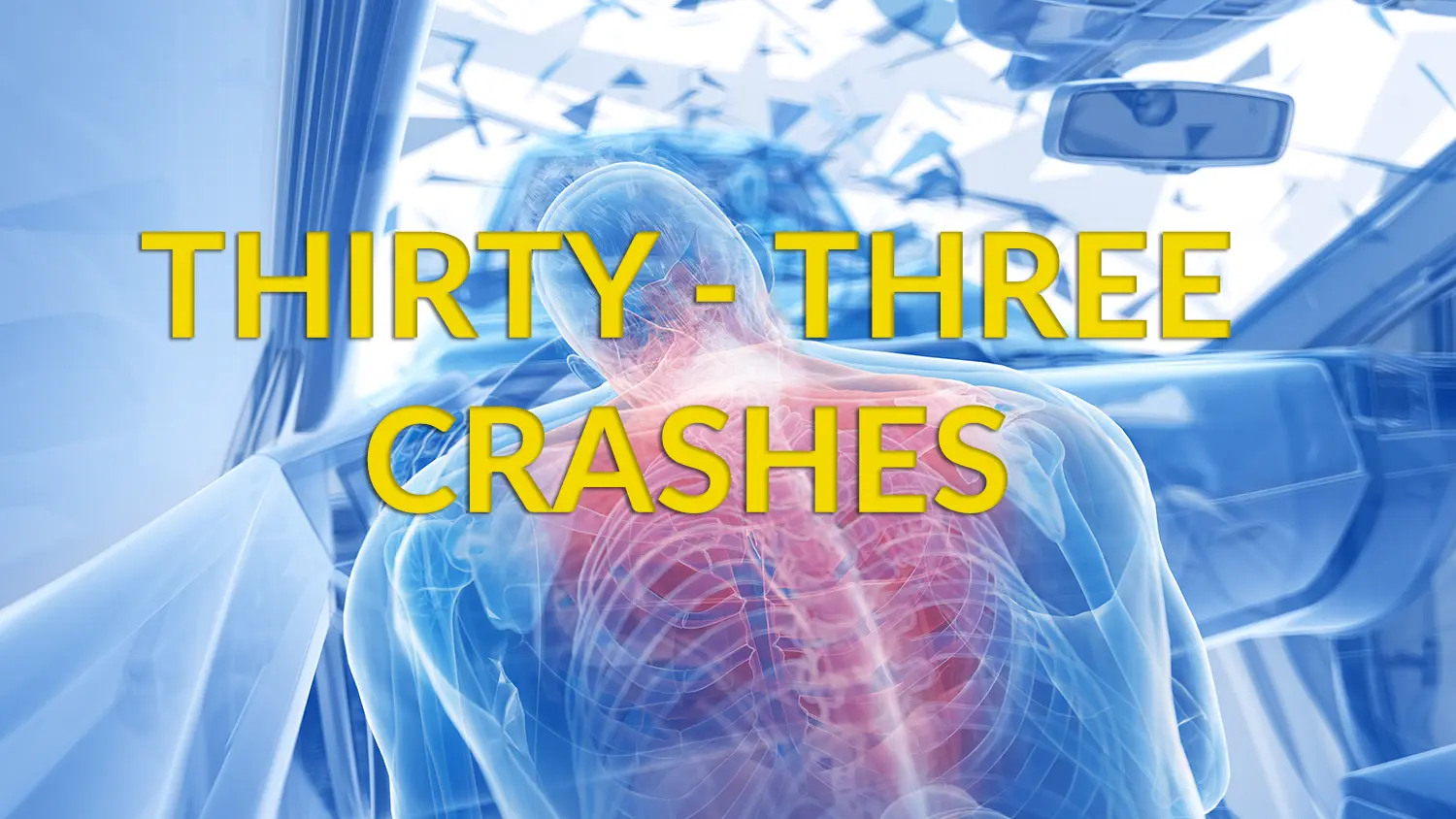
Car A 100% at Fault
Car B is 0 % at Fault
- 19 OPENING VEHICLE DOOR IN TRAFFIC
- 18
- 17 PARKING LOT MAIN LANE VERSUS FEEDER LANE
- 16 CRASH EXITING PARKING LOT OR DRIVEWAY
- 15 LEFT TURN CRASH ONCOMING PASSING CAR
- 14 LEFT TURN VEHICLE PASSING ON YOUR LEFT
- 13 CRASH MAKING LEFT AT INTERSECTION, VEHICLE PASSING
- 12 COMMERCIAL VEHICLE MAKING WIDE RIGHT TURN
- 11 VEHICLE MAKING RIGHT TURN WIDE
- 10 REVERSE TURN (UTURN) CRASH
- 09 LEFT TURN CRASH WITH CURB LANE TRAFFIC
- 08 LEFT TURN CRASH WITH ONCOMING TRAFFIC
- 07 HIGHWAY MERGE CRASH
- 06 CRASH BOTH VEHICLES CHANGING LANES
- 05 CRASH WHILE CHANGING LANES
- 04 WHEN A VEHICLE CROSSES CENTER LINE
- 03 STATIONARY VEHICLE CRASH
- 02 REAR END CRASH TWO CARS
- 01 READ ENDER

Yield means, you approaching the yield sign, RED, shows that you must stop if need be and give way to all other traffic. RED versus the greens.
READ ICBC’S TALK ABOUT THIS CRASH
Yield signs
173 (1) Except as provided in section 175, if 2 vehicles approach or enter an intersection from different highways at approximately the same time and there are no yield signs, the driver of a vehicle must yield the right of way to the vehicle that is on the right of the vehicle that he or she is driving.
(2) Except as provided in section 175, if 2 vehicles approach or enter an intersection from different highways at approximately the same time and there is a yield sign, the driver of a vehicle facing the sign must yield the right of way to all other traffic.
Driving on laned roadway
151 A driver who is driving a vehicle on a laned roadway
(a) must not drive it from one lane to another when a broken line only exists between the lanes, unless the driver has ascertained that movement can be made with safety and will in no way affect the travel of another vehicle,
(b) must not drive it from one lane to another if that action necessitates crossing a solid line,
(c) must not drive it from one lane to another without first signalling his or her intention to do so by hand and arm or approved mechanical device in the manner prescribed by sections 171 and 172,
(d) when approaching an intersection intending to turn left must drive the vehicle in the centre lane or in the lane nearest the centre of the roadway on the right hand half of the highway,
(e) when approaching an intersection intending to turn right must drive the vehicle in the lane nearest to the right hand side of the roadway,
(f) must not pass a vehicle on the left if that action necessitates driving on that part of the highway designated for travel in the opposite direction, and
(g) if a traffic control device directs slow moving traffic to use a designated lane, must when driving slowly drive the vehicle in that lane only.





Comments are closed